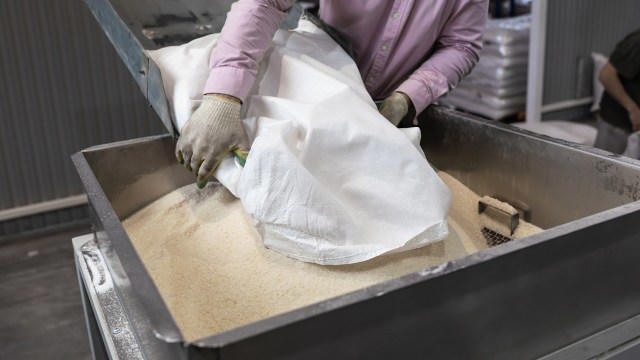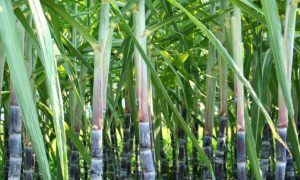Closing of Texas’ last sugar mill may prelude concerning pattern for US farmers: ‘We are in serious trouble’

Texas’s last sugar mill shuts down due to megadrought, marking a grim milestone in climate crisis impact. The Rio Grande Valley Sugar Growers’ closure blamed on dwindling water for sugarcane. While some blame Mexico, experts point to climate change. Farmers struggle as crops fail, water levels plummet. Urgent shift to drought-resistant crops advised. Global ramifications seen in Africa’s grain crisis. Uncertain future looms as water scarcity accelerates.
Amegadrought fueled by the overheating of our planet and consequent changing weather patterns has forced the last sugar mill in Texas to close its doors, the Guardian reported.
What is happening?
In February, the Rio Grande Valley Sugar Growers cooperative announced that it would have to shutter its last remaining mill, located in Santa Rosa, a small town in the south Texas borderlands. Due to the megadrought, there wasn’t enough water to irrigate the sugarcane plants.
While the sources from the cooperative that the Guardian spoke to wanted to use Mexico as a scapegoat, claiming that the country was not upholding a treaty to supply water to American farmers, the true culprit here is climate change.
“It’s not that Mexico is holding the water because they are bad neighbors. They’re using it” to combat the megadrought, Texas A&M agricultural economist Luis Ribera said.
According to the National Integrated Drought Information System, the region’s current megadrought has brought the driest conditions the American southwest has seen in at least 1,200 years.
Why is this concerning?
The immediate consequences of the megadrought are plain to see: Crops that were once viable are dying out, and those that rely on them are at a loss in terms of how to proceed.
“I wish I could tell you we had all the answers and we were geniuses and we were going to avoid what happened to the sugar mill. But I can’t,” Dale Murden, a grapefruit and cattle farmer, told the Guardian. “Water going into the spring and summer is as low as it’s ever been, and some water districts have already notified customers they’re out [of water] for the year. Without rains and inflows … we are in serious trouble.”
Drought has forced Texas farmers to cut back on cotton growing and California farmers to halve their rice crops, and it has also caused a shortage of Sriracha hot sauce, among other things.
And it isn’t just the United States and Mexico that have been affected by drought. In southern Africa, grain crops have been decimated by drought conditions.
What is being done about it?
In the near term, the best course of action for Texas farmers is to focus on crops that require the least amount of water.
One University of South Carolina anthropologist told the Guardian that farmers should focus on crops that grow naturally in their areas, saying: “Something that you notice across societies that manage to farm sustainably for at least several centuries is that they’re emulating relationships that already exist in nature.”
However, with water drying up at an unprecedented pace, there is no guarantee that even that will remain possible into the future.














